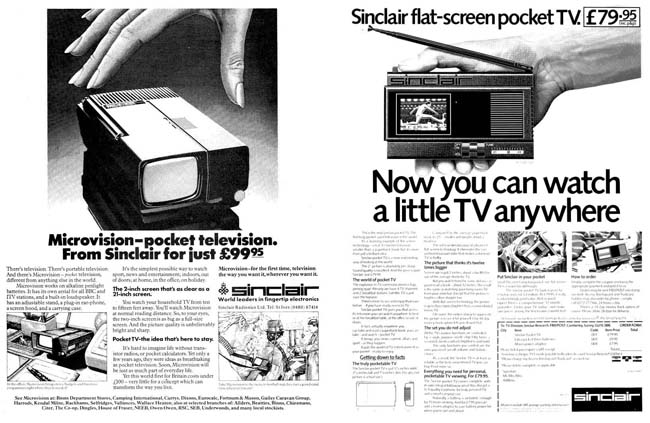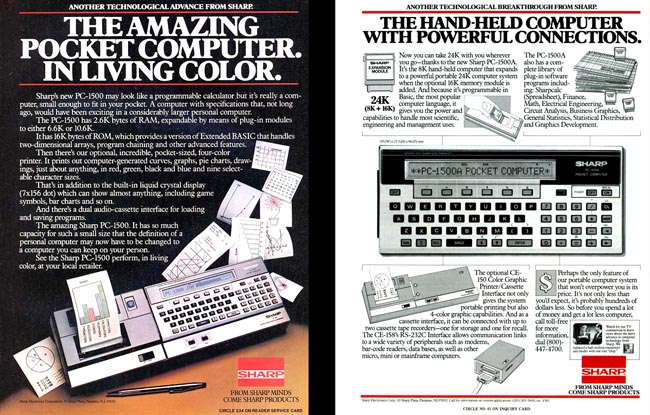Original URL: https://www.theregister.com/2013/12/12/ten_tech_treats_of_christmas_past/
Ghosts of Christmas Past: Ten tech treats from yesteryear
The kit we wanted but Santa never brought. Bastard.
Posted in Personal Tech, 12th December 2013 08:27 GMT
Xmas Round-up Christmas isn’t just a time for celebration – it’s also a time for bitter, tearful reflection on the things that might have been and the gifts you’d have received if only you worked harder at that paper round, or your parents loved you enough.
So we at The Reg decided to sift the salty tears of seasonal recrimination and seek out some of the top tech gifts of yesteryear all us budding nerds desperately wanted but never got. In reverse release-date order, then...
Sinclair Microvision (1977)

A seasonal family row is just the thing to make you wish you could retire to a quiet room – or even out in the park – and watch whatever you want. Today we might use a smartphone or 4G-enabled tablet; back in the day we might have had Sinclair’s two-inch Microvision.
Costing £200 in 1977 – £1,050 in today’s money – it was no bargain, and with just three channels to choose from the in the UK, very much a luxury.
Sir Clive tried again the following year with a Europe-only model at half the price, and again in 1983 with the FTV1, which used a novel sideways CRT to create a flat screen. By then there were four channels to watch for your 80 quid, but LCD-based sets from Japanese manufacturers were hard on its heels, and none of the Microvision models was a real success.
Arguably, aside from entertaining security guards, pocket-size TV is still a solution looking for a problem to solve. Still wanted one though...
Atari Video Computer System (1978)

Some of us had to make to with an Ingersoll or Binatone TV game rig, offering variations on a theme of "turn a knob to move a white block" or "shoot a white square". The cool kids up the road, however, had an Atari VCS, later renamed the 2600.
To a late 1970s kid, those silver switches, the fake wood and the whole design seemed glamorously American. This was the future, in your living room, and if you didn’t have a VCS yourself, you'd beg to be allowed to go play Space Invaders or Pac-Man with your friends.
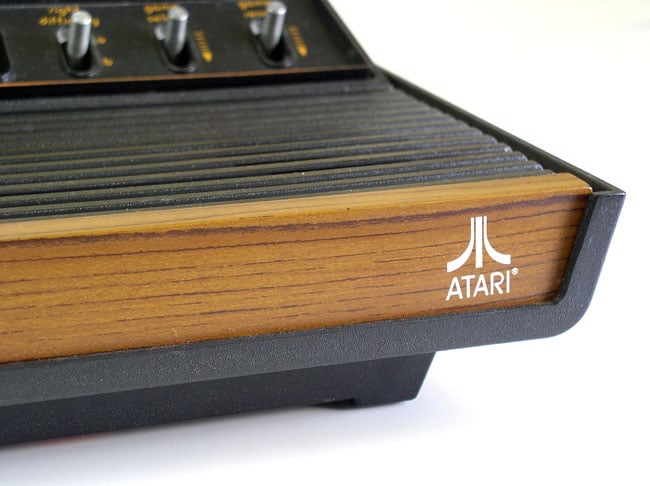
Source: moparx
The plug-in cartridges offered a world of choice, far more than the half dozen or so of previous "TV games" – there was even a Raiders of the Lost Ark spin-off.
And perhaps the VCS had another legacy too: with its fairly simple graphics, it wasn’t long before some owners realised that they could create the same sort of thing themselves, using the home computers of the early 1980s.
Big Trak (1979)

Just a year after wowing – and frustrating – us with Simon, toy-maker Milton Bradley pulled another great gadget out of its bag in the shape of Big Trak.
This 1979 truck has a slight air of Space 1999 about it. The only way to check a program – up to 16 steps – was to run it. But if your aim is solely to annoy a younger sibling who was playing with their dolls, or upset Granny by firing the "laser" at her during the Queen’s speech, that's not necessarily a problem.
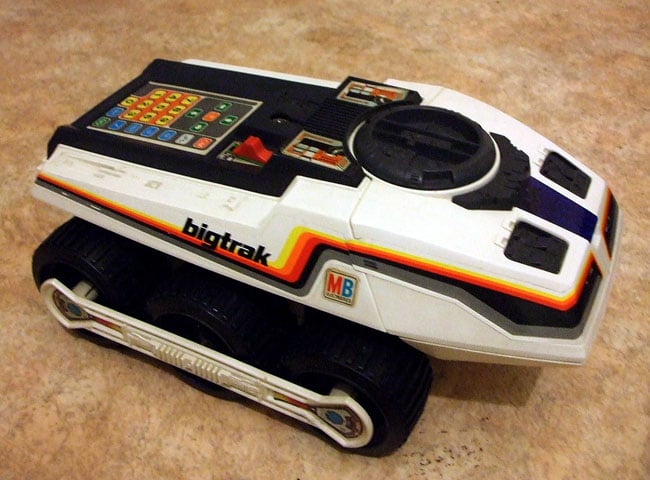
Source: Dan Hodgett
Big Trak may lack the collision detectors we’d expect to find in robots these days, but it did at least have a simple encoder in the gearbox that ensured a reasonable degree of repeatability in the programs. Looking at it now, however, what it clearly lacks is enough space on the top to balance a gin and tonic.
Sony Walkman (1980)

Back in 1980, you spent your Sunday evenings with a radio cassette taping the hits from the chart show or Annie Nightingale’s request programme. You listened to it on the same bit of kit, or perhaps on the family music centre if your dad let you. And then came the Walkman.
Rather than the "impersonal" device it was often perceived to be, the original model had sockets for two pairs of headphones for sharing sounds. P2P = person to person.
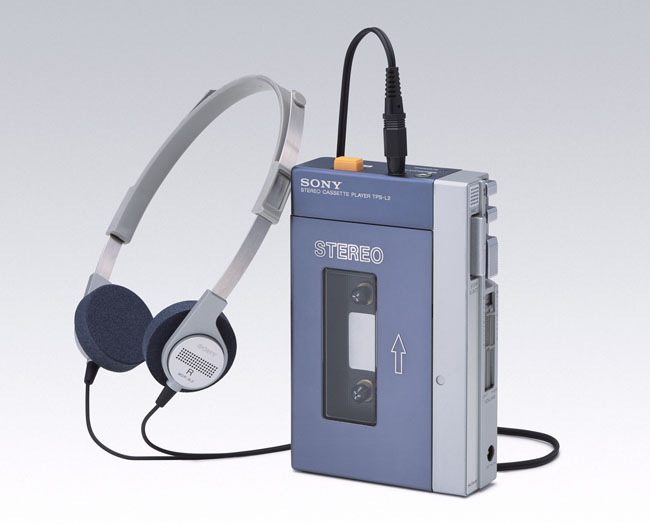
The most important thing though was stereo sound, on the move. Finally teenagers had an easy way to ignore their parents and teachers, and the rest of the world had to learn to deal with annoying tish-tish-tish background noise.
It wasn't perfect, though – some early models needed a separate pack on your belt with two whopping Every Ready HP2 batteries if they were to last a decent length of time.
Other manufacturers piled in with clones, more and more features were added - and it wasn’t long before Walkman-style players were so ubiquitous that even Cliff Richard was singing about them.
Philips LaserVision VLP-700 (1982)

One of the first UK players for the new LaserVision format – later to become LaserDisc – the 1982 VLP-700 has a remarkable resemblance to some of the Philips’ first top-loading CD players.
Launched with a catalogue of around 120 titles, the high price and limited range meant that – despite the vastly superior picture quality, which offered around double the number of lines of a VHS recording – the format never really took off outside Japan.
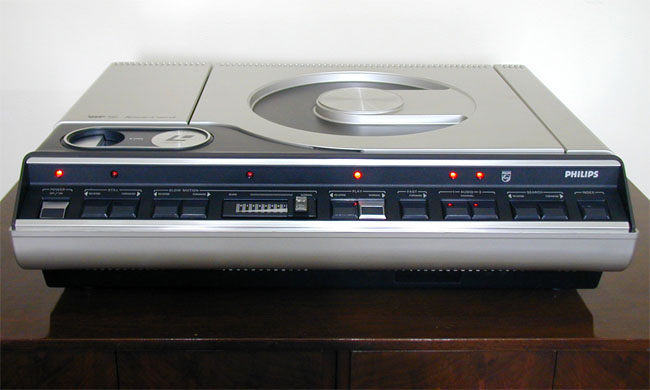
Source: Mike Bennett
Spinning at 1500rpm, a CAV (Constant Angular Velocity) disc stored one frame per track, allowing perfect pause and slow motion, albeit with only around 36 minutes of footage per side, compared to 55 for a CLV disc.
Later revisions added CD-style digital audio, dropped an analogue sound channel on NTSC discs for Dolby AC-3 surround sound, and eventually offered RGB output. Some players also rotated the laser to play side two, and even included teletext-compatible subtitles.
But none of that could really overcome the ease of use – or indeed the range of pr0n – offered by VHS and then DVD.
Sharp PC-1500 (1982)

The ZX80 and ZX81 were small computers, but you still needed a TV set, so they were hardly mobile machines. The Osborne 1 was, though it was also a bulky beast. In 1982, Sharp's PC-1500 proved that small really could be beautiful.
This handheld computer was a mere 2.5cm thick, 20cm long and a little under 9cm deep. With a Qwerty keyboard, single-line pixel-addressable LCD and built in Basic programming, plus 2KB of RAM – make it last, you’re not getting any more for Christmas at these prices – it’s perhaps more akin to a programmable calculator than anything else, but at least you didn’t have to learn Reverse Polish to get things done.
Expansion memory was available, together with a serial module, a printer and a cassette port for program storage – plus, of course, the obligatory warm leatherette carrying case.
Compact, clever, stylish: covetable, for sure – but really one for the rich kids to impress with, more than anything else.
Casio Databank Telememo 10 CD40 (1984)

On the whole, teenage boys think digital watches are a pretty neat idea – and the more buttons the better. Before sexting, flashing your calculator watch was how we showed off in the playground, or cheated in maths.
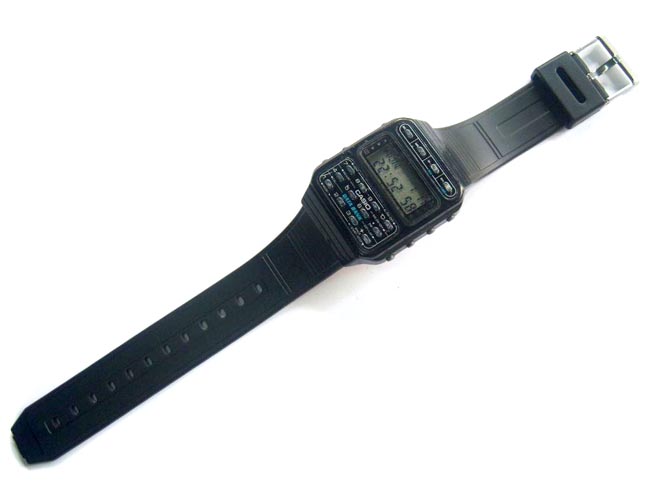
But the Casio Databank wasn’t just a calculator - its memo function allowed you to store 10 items of information, each of up to 16 letters or numbers. That might not sound impressive, but such was the lure of having information on your wrist that Casio claims it sold six million of these shinies in five years. Suddenly an ordinary digital watch just wouldn’t cut it any more.
Later versions added more organiser functions, such as a diary, and even the ability to dial phone numbers by playing DTMF tones through a wee speaker. Astonishingly, it took a whole decade before the Timex Datalink allowed information to be transferred from a PC, instead of keyed into a tiny keypad on your wrist.
Casio FX-570 (1986)

Kids sitting down to take O or A levels in the mid-1980s had been allowed to whip out calculators for a few years, and certainly by the time of the FX-570.
But while the likes of the FX100 or the more humble FX81 handled trig, logs and a handful of other functions, the FX-570 piled in plenty more – including lots of useful things for the growing army of coders experimenting with early micros.
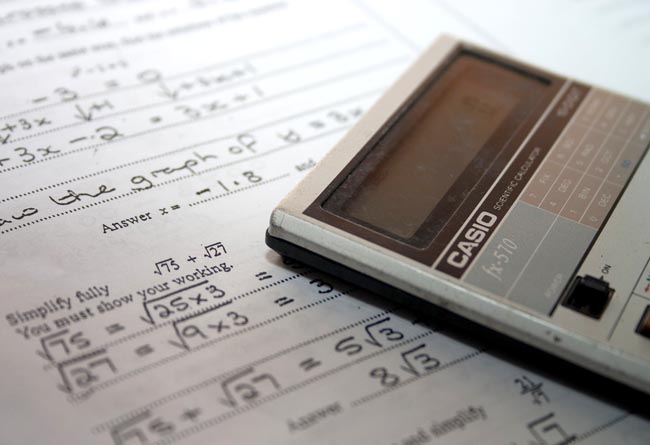
Source: Mike Hammerton
Alongside degrees and radians, you could do your maths in binary, octal or hex, and you’d never need to be stumped by an XOR gate again.
There were more functions than you can shake a stick at. And a stylish plastic wallet. And solar power. With ever more functions, in fact, the FX-570 moniker lives on – the 570ES can display functions properly on screen, boasts integration and differentiation among its 417 functions. And yes, it still does binary, octal and hex.
Apple QuickTake 150 (1995)

Apple’s QuickTake 150 wasn’t the first consumer digital camera, or even Apple’s first. Looking more like a hi-tech pair of binoculars of the kind Luke Skywalker might use to seek out roving R2 units than a traditional camera, it hooked up to both Mac and Windows computers via a serial link.
There was no screen to view the eight – eight! – 640 x 480 resolution pictures of a happy festive gatherings that it could store - no memory cards here – but at least it was an improvement on waiting for the chemist’s shop to open.
Set the resolution to QVGA and you could store almost as many photos as a roll of film.
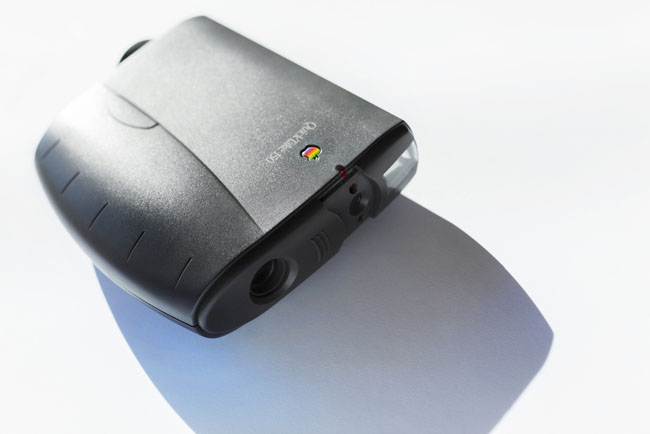
Source: Grant Hutchinson
A year later you’d have been able to demand a Kodak DC-50 instead, which had a PC Card slot for storage, even if it didn’t save JPEGs.
Not a commercial success, and canned by Steve Jobs on his return to Apple, the QuickTake 150 was, however briefly, a desirable gift to find under the tree, and the ideal way to take photos you could upload to brand new services like Geocities or share with other people via CompuServe, Cix or AOL.
Handspring Visor Deluxe (1999)

The original Palm Pilot quickly became a popular product with both techies and business people. The one-button data sync with a desktop computer made keeping things up to date easily, and it spurred the development of mobile apps long before smartphones captured the public’s imagination.
Palm’s founders, though, weren’t happy with the direction of the company under new owner 3Com, and left to found Handspring. In 1999 they unveiled their first effort: the Visor Deluxe.
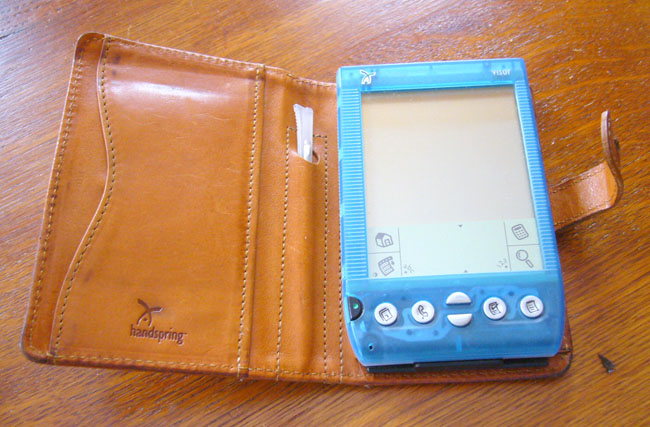
Source: Nicole Hennig
With its iMac-inspired translucent plastic it wasn’t just a cheaper, prettier and USB-equipped competitor to the Palm III. Round the back, a “Springboard” expansion slot promised simple upgrades, including not just memory but software and other peripherals too.
The VisorPhone plug-in, launched in 2001, turned the Visor into a GSM mobile phone, with integration between the built in contacts and the phone – effectively a prototype of the later Treo smartphones a full year before Nokia’s first Symbian smartphone, and six years before the iPhone. Other modules included remote controls, GPS, cameras and recorders. ®
